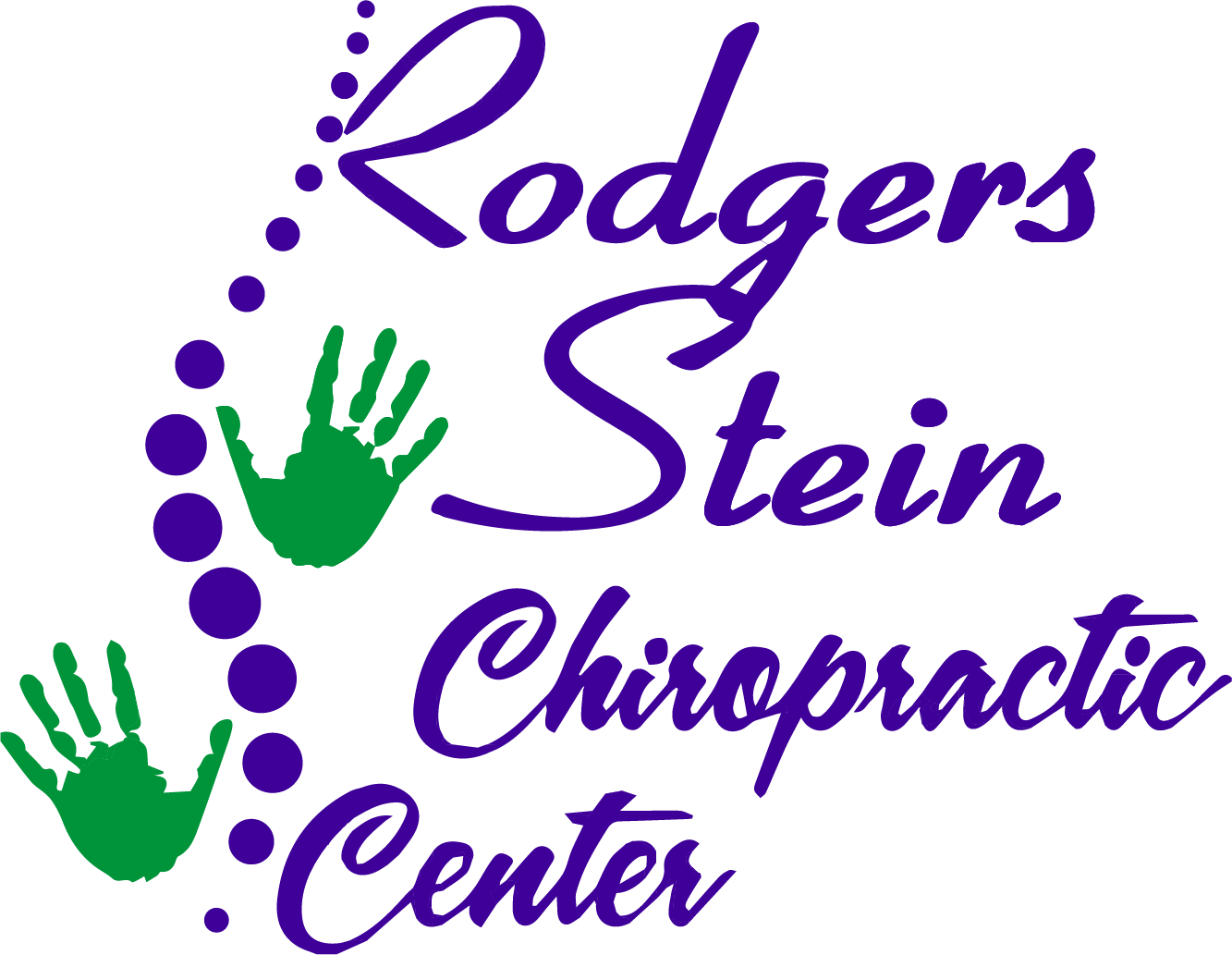When you consider chiropractic care, it's vital to ask yourself if you're looking for immediate relief or a lasting solution to your musculoskeletal issues. Many people report feeling better after just a few adjustments, but you might wonder if that comfort is just a quick fix. It often raises the question of what it truly takes to achieve long-term wellness. Your health goals play a significant role in this decision, and understanding the difference could reshape your approach to care. What factors should you weigh to guarantee you're making the right choice?
Understanding Chiropractic Care
When you think about chiropractic care, it's important to understand that it focuses on diagnosing and treating musculoskeletal disorders, particularly those related to the spine. Chiropractors are trained to assess how your spine and nervous system interact with your overall health. They use hands-on techniques to manipulate the spine, which helps restore proper alignment and function.
You might be wondering what conditions chiropractic care can address. Many people turn to chiropractors for relief from back pain, neck pain, headaches, and joint issues. These practitioners believe that misalignments in the spine can lead to pain and dysfunction elsewhere in the body. By correcting these misalignments, they aim to alleviate pain and improve mobility.
Chiropractic care isn't just about immediate relief; it also emphasizes long-term wellness. Your chiropractor may recommend exercises, lifestyle changes, and dietary advice to support your overall health. This holistic approach encourages you to take an active role in your recovery and helps prevent future issues.
It's worth noting that chiropractic care can vary from one practitioner to another. Some may focus more on pain relief, while others prioritize overall wellness and preventive care. Understanding these differences can help you choose the right chiropractor for your needs.
Ultimately, chiropractic care aims to empower you to lead a healthier, more active life by addressing the root causes of your discomfort and promoting ideal function.
The Science Behind Adjustments
Chiropractic adjustments involve precise techniques aimed at restoring spinal alignment and improving nervous system function. When you receive an adjustment, your chiropractor applies controlled force to specific joints, often in the spine. This process can help reduce nerve irritability, alleviate pain, and enhance your overall mobility.
The science behind these adjustments is rooted in understanding how misalignments, or subluxations, can disrupt the communication between your brain and body. Research indicates that spinal misalignments can lead to various health issues, as they may affect the nervous system's ability to transmit signals effectively.
By correcting these misalignments, chiropractic adjustments promote better nerve function, which can support your body's natural healing processes. The adjustments also stimulate the release of endorphins, your body's natural painkillers, contributing to an immediate sense of relief.
Additionally, studies have shown that regular chiropractic care can lead to improved posture and increased range of motion. This is particularly beneficial for individuals who spend long hours sitting or engaging in repetitive motions, as it helps counteract the physical stress these activities impose on your spine.
It's important to note that while the science behind chiropractic adjustments is compelling, individual responses may vary. Some people experience significant improvements in their symptoms after just a few sessions, while others might require ongoing care to maintain peak alignment.
In any case, understanding the science can empower you to make informed decisions about your chiropractic treatment and overall health.
Patient Experiences and Testimonials
Sharing their journeys, many patients reveal how chiropractic care has transformed their lives. You might be surprised by the variety of experiences people have had when they visit a chiropractor. Some walk in with chronic pain, only to find relief after just a few sessions.
For instance, one patient shared how she'd been living with debilitating migraines for years. After starting chiropractic treatments, her migraines markedly reduced in frequency and intensity, allowing her to enjoy life again.
Others talk about the unexpected benefits they've noticed. A young athlete, for example, found that regular adjustments improved not just his performance but also his recovery time after workouts. He felt more agile and less prone to injuries, which made a huge difference in his training.
You'll also hear stories of those who initially sought chiropractic care as a last resort. One patient had tried various medications and therapies, but nothing worked. After a few adjustments, he felt a change that he hadn't thought possible. His story is a demonstration of the potential impact chiropractic care can have on both physical and emotional well-being.
These testimonials highlight a common theme: many people experience not only pain relief but also a renewed sense of energy through chiropractic care.
If you're considering this approach, remember that each journey is unique. Listening to others can provide valuable insights, helping you make informed choices about your health.
Long-Term Benefits vs. Short-Term Relief
For many, the choice between long-term benefits and short-term relief in chiropractic care can be essential. You might find yourself torn between the immediate comfort that a quick adjustment provides and the deeper, lasting changes that a more thorough treatment plan can offer.
Short-term relief often focuses on alleviating pain or discomfort right away. This approach can be tempting, especially when you're in pain and need quick results. However, while these adjustments can feel good and provide instant gratification, they mightn't address the underlying issues causing your discomfort.
On the other hand, seeking long-term benefits through chiropractic care requires a commitment to a more extensive treatment plan. This may include regular adjustments, lifestyle changes, and exercises tailored to your specific needs. By investing in this approach, you're not just masking symptoms; you're working towards a healthier spine and nervous system, which can lead to improved overall wellness.
Ultimately, it's important to reflect on what you truly want from your chiropractic journey. If you're looking for a quick fix, short-term relief might be appealing. However, if you desire lasting improvements in your health and well-being, focusing on long-term benefits could be the way to go.
Understanding these two facets of chiropractic care can help you make choices that align with your health goals. The journey may require patience and dedication, but the rewards of long-term health can be worth the effort.
Making an Informed Decision
When considering your options in chiropractic care, making an informed decision can greatly impact your health journey. You've likely come across various practitioners, techniques, and philosophies. To navigate this landscape effectively, it's essential to gather reliable information.
Start by researching different chiropractic approaches, like traditional manipulation versus more modern techniques. Each has its benefits and potential drawbacks, so understanding these can help guide your choice.
Next, evaluate practitioner credentials. Confirm they're licensed and have the necessary training in the specific techniques they offer. Read reviews and ask for recommendations from trusted sources. Personal experiences can provide valuable insights into a chiropractor's effectiveness and patient care practices.
Don't hesitate to schedule consultations. This gives you a chance to discuss your specific health concerns and gauge the chiropractor's approach. Ask questions about their treatment philosophy and what you can realistically expect from care. This dialogue will enable you to assess whether their methodology aligns with your health goals.
Finally, consider the financial aspect. Understand the costs involved, including insurance coverage, payment plans, and any potential out-of-pocket expenses. An informed decision balances health benefits with financial feasibility.
Conclusion
In summary, chiropractic care can be a powerful tool for managing musculoskeletal issues, but it's vital to understand what you're looking for. If you're seeking quick relief, you might find it, but for lasting wellness, commitment to regular adjustments and lifestyle changes is key. Take the time to assess your health goals and decide if you want a temporary fix or a thorough approach to your well-being. Your journey to better health starts with this choice.



